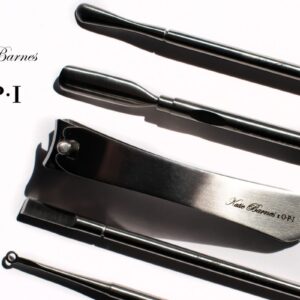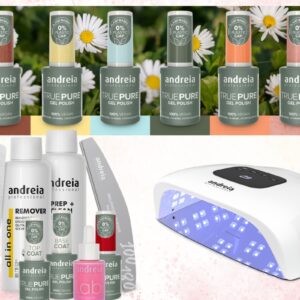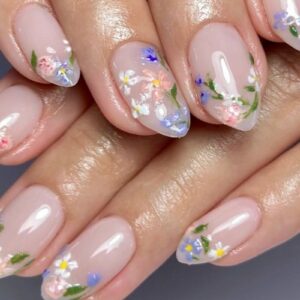
How to stop nail biting & picking: experts share treatment plans to break the habit
By Rebecca Hitchon | 18 February 2025 | Expert Advice, Feature, Health & wellbeing, Technique
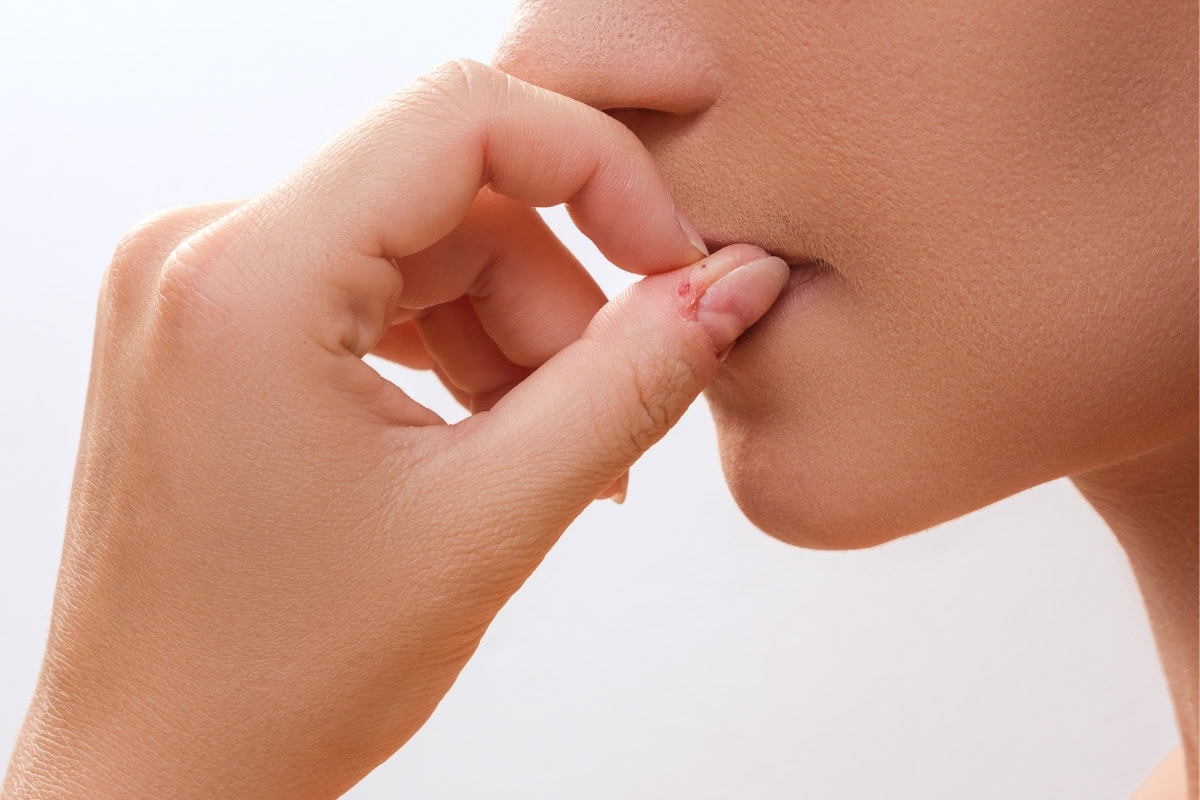
Finalists in the Scratch Stars Natural Nail Specialist of the Year category 2024 share tips for nail biting and picking clients…
Why do people bite and pick at their nails and skin?
 “Nail biting, also known as onychophagia, and skin picking and biting, named perionychophagia, are habits associated with stress, anxiety and compulsive disorders,” explains Lucy Price-Marshall, Scratch Stars Natural Nail Specialist of the Year 2024 & OPI educator. “Those who bite their nails to or below the hyponychium heighten the risk of infection, as they break the protective seals of the nails. It is common for these clients to display soreness, redness, overgrown cuticles and excessively short nail beds. Skin picking and biting can cause calluses, deformation of nail plates and damage to nail beds.”
“Nail biting, also known as onychophagia, and skin picking and biting, named perionychophagia, are habits associated with stress, anxiety and compulsive disorders,” explains Lucy Price-Marshall, Scratch Stars Natural Nail Specialist of the Year 2024 & OPI educator. “Those who bite their nails to or below the hyponychium heighten the risk of infection, as they break the protective seals of the nails. It is common for these clients to display soreness, redness, overgrown cuticles and excessively short nail beds. Skin picking and biting can cause calluses, deformation of nail plates and damage to nail beds.”
 “Some people bite their nails to occupy their hands due to boredom or if quitting another habit. Alternatively, it can be a mechanism to cope with overwhelming feelings,” adds Jessica Price, OPI Nail Boss. “Stress balls and fidget rings can be beneficial for these clients, as can rubbing cuticles with nail oil in calming motions. Continuous nail and skin picking can cause habit-tic, where trauma to the nail affects growth in the nail matrix and results in grooves and ridges.”
“Some people bite their nails to occupy their hands due to boredom or if quitting another habit. Alternatively, it can be a mechanism to cope with overwhelming feelings,” adds Jessica Price, OPI Nail Boss. “Stress balls and fidget rings can be beneficial for these clients, as can rubbing cuticles with nail oil in calming motions. Continuous nail and skin picking can cause habit-tic, where trauma to the nail affects growth in the nail matrix and results in grooves and ridges.”
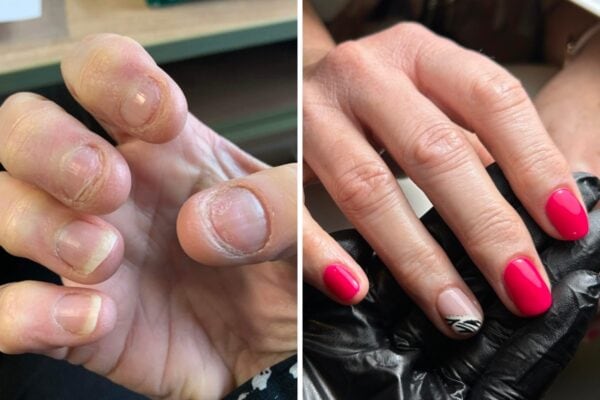
“My client went through a tough period in her life and her nails and surrounding skin took the brunt,” says Hannah Clayton, CND™ UK ambassador. “Over 12 months, her treatment plan included daily homecare, two weekly cuticle care appointments and nail health checks, and the results were phenomenal.”
What should be considered when creating a treatment plan?
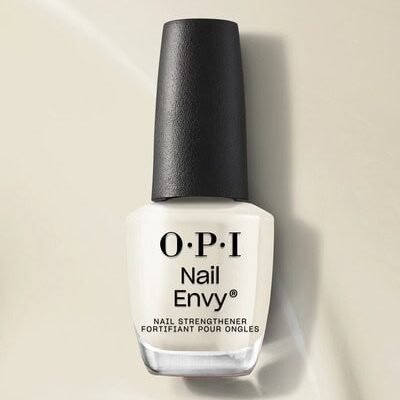
OPI Classic Nail Envy® Nail Strengthener, uk.wella.professionalstore.com
“Before creating a treatment plan, it is vital to carry out a thorough consultation with the client, so you can manage their expectations and consider ways to help them break the habit,” says Lucy Price-Marshall. “I suggest taking a picture at each appointment to record the client’s progress, and scheduling appointments in advance to stay on plan.
“A treatment plan must consider a client’s goals, expectations, maintenance needs and lifestyle.”
Lucy continues: “Some clients may opt to wear gel polish, builder gel or L&P acrylic overlays while growing their natural nails, however for some, any service breakdown can trigger biting or picking. If a client is unable to attend appointments regularly, they should be recommended products to use at home, such as cuticle oil, nail strengthener and a 240-grit file to maintain length and avoid biteable areas of nail or skin.”

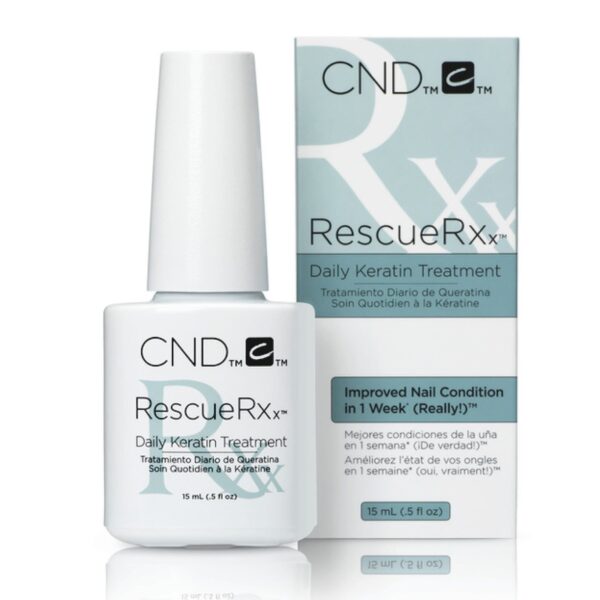
CND Rescue RXx™, www.sweetsquared.com
“It should be remembered that achieving positive results from a treatment plan isn’t just down to you as the nail tech,” details Hannah Clayton. “It’s a two-way partnership. For example, I use daily keratin brush-on treatment, CND RescueRXx™, and expect clients to continue this treatment at-home and between appointments.”

“During their consultation, ask the client questions such as ‘what are you hoping to achieve?’, ‘would you prefer a plan based on natural nailcare or enhancements?’ and ‘do you have a time frame in mind for these results?’,” recommends Ashleigh Clements, OPI educator. “Also consider the client’s budget and lifestyle, from their profession to hobbies and day-to-day life.”
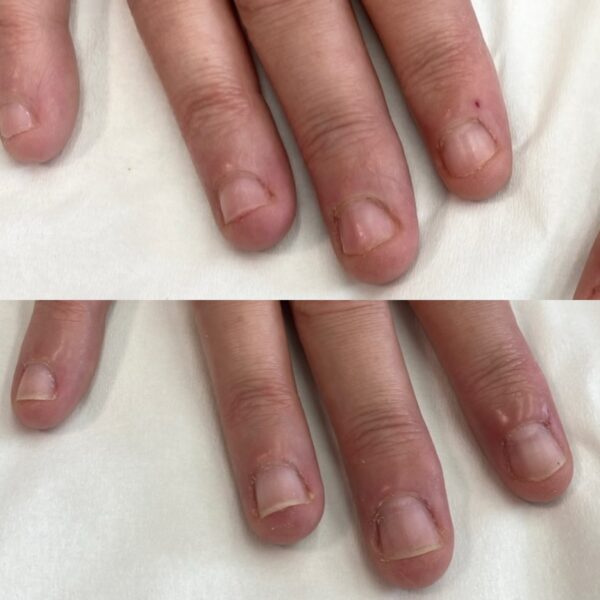
The progress of a nail biting client of Jessica Price, after one week of treatment.
How can a treatment plan’s length and appointment schedule be determined?

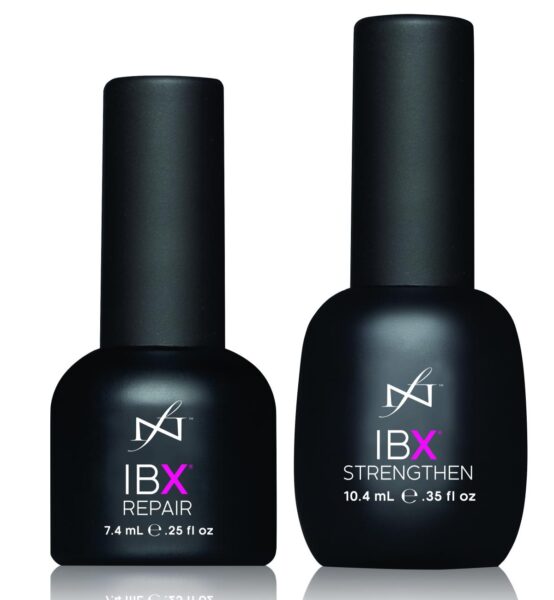
Famous Names IBX Duo, www.sweetsquared.com
“Clients who want to beat a nail biting habit usually have a goal in mind, which can help determine an initial timescale,” shares Tanya Jeskins. The pro is the founder of a course on client consultations. “I typically start with a six-week plan, as this is usually enough time to see transformative results, but gives clients a realistic end goal. They like to see results to keep them motivated, so I build incentives into the price of plans. For example, at week three, I include luxury components in appointments and if clients complete their treatment course, their last IBX service is free.”
Jessica Price adds: “I recommend manicure treatments every one to two weeks for nail biters, to maintain triggers, such as flaps of skin, long nail length and nail snags. The longer nails are, the more likely they are to break and prompt biting and picking.”
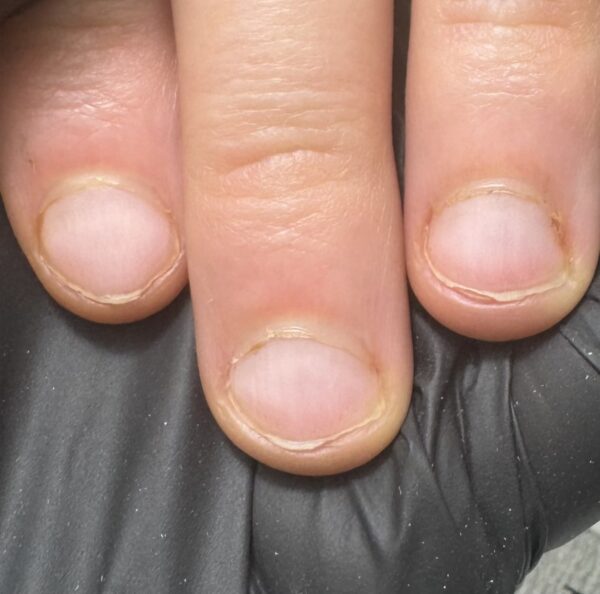
Bitten nails at a consultation for a two-year treatment plan, carried out by Lucy Price-Marshall.

Read the latest issue



